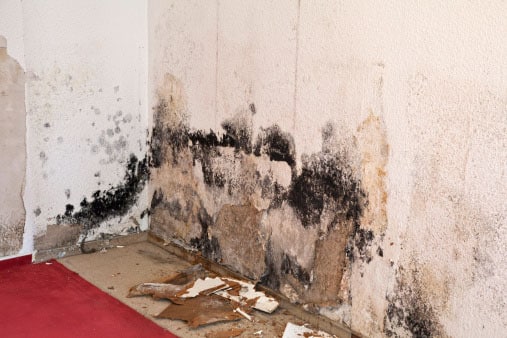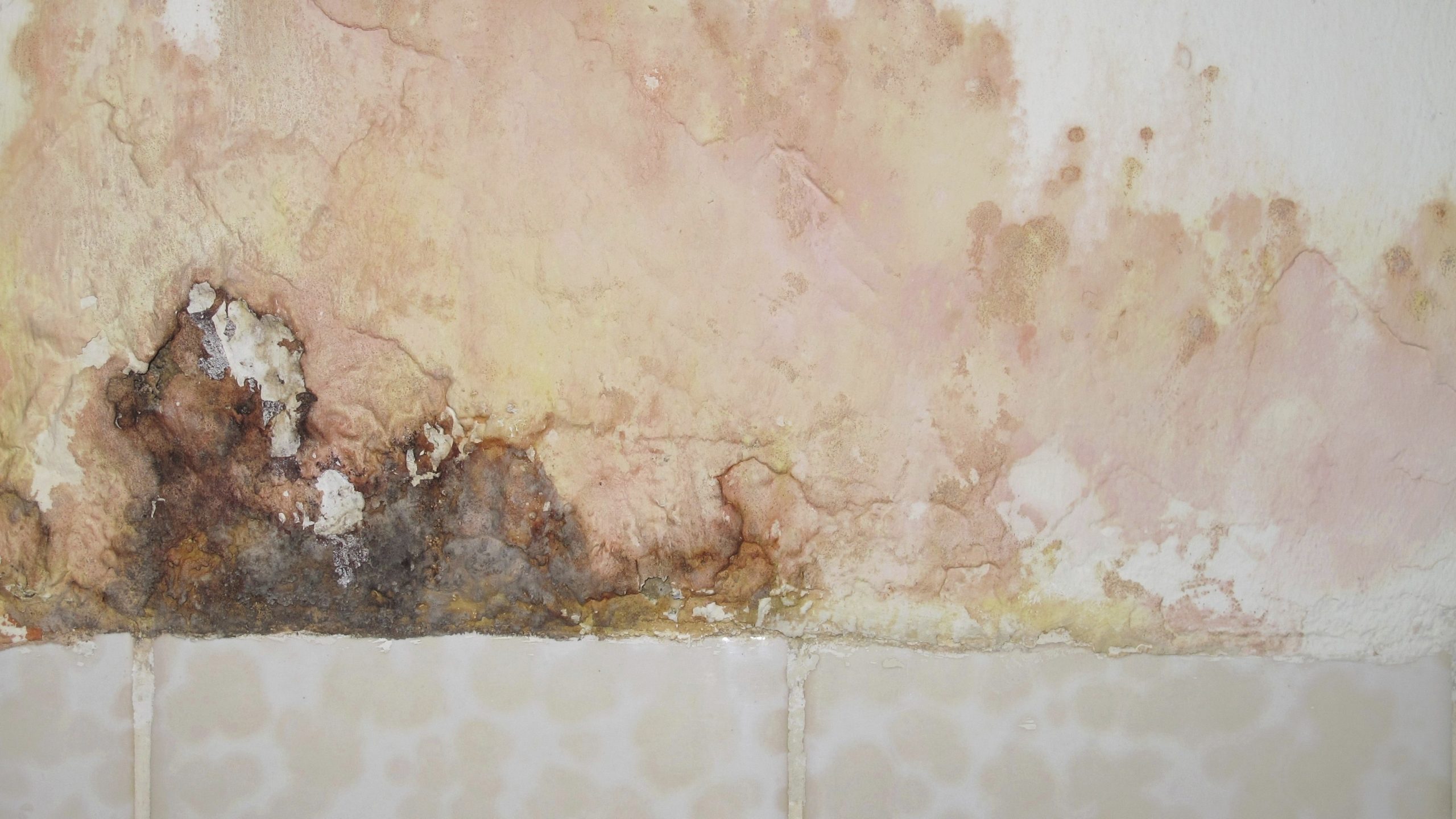At a glance
Mold is a fungal growth that forms and spreads on various kinds of damp or decaying organic matter. There are many different mold species that form in many different colors. However, the color of the mold does not necessarily indicate that the mold is more or less dangerous. Molds are sometimes referred to as mildew.

Basics on mold

Mold is found both indoors and outdoors in all climates and during all seasons of the year. Molds survive outdoors by using plants and decaying organic matter, such as fallen leaves, as a source of nutrition. Indoors, molds need moisture and a carbon source from building materials or building contents to grow. Excess moisture is generally the major cause of indoor mold growth.
Molds reproduce by releasing spores that float through the air until landing in other locations. When they settle on wet or moist surfaces, the spores can form new mold colonies. The types of molds found in indoor spaces are not rare or unusual. It is important to understand that no indoor space is completely free from mold spores. Molds are everywhere, making our exposure to them unavoidable, whether indoors or outdoors, at home or at work.
Toxic mold
Certain molds are toxigenic, meaning they can produce toxins (mycotoxins). However, the molds themselves are not toxic or poisonous. Hazards presented by molds that may produce mycotoxins, such as Stachybotrys chartarum, should be considered the same as other common molds that can grow in your house or workplace.
Mold growing in buildings, whether it is Stachybotrys chartarum or another mold, indicates that there is a problem with water or moisture that should be immediately addressed. For further information on Stachybotrys chartarum, go to CDC's webpage Facts about Stachybotrys chartarum and Other Molds.
Environmental testing

There are no health-based standards for mold or other biological agents in indoor air. We do not recommend routine air sampling for mold with building air quality evaluations. In many cases, very short-term sampling for mold spores is performed. However, the results, especially negative findings of mold, may not represent actual exposures.
Spore counts and culture results (colony forming units) are often included in indoor air quality reports. However, these do not capture the full range of exposures. Therefore, measured mold concentrations in spore counts or colony forming units with short-term air samples cannot be interpreted in relation to health risks.
What building occupants react to is unknown. It may be:
- Mold
- A compound produced by mold
- Something related to bacteria
- Compounds from building materials released into the air
NIOSH has found thorough visual inspections or detecting problem areas by musty odors are more reliable than air sampling for mold. To help perform evaluations for areas of dampness, NIOSH developed the Dampness and Mold Assessment Tool (DMAT) for schools and general buildings:
Remediation
Appropriate remediation includes:
-Drying wetted materials within 48 hours of getting wet or remove the materials.
-Making necessary repairs to prevent further water entry into the building.
-Following appropriate remediation guidelines with proper containment when identifying mold on materials. Inappropriate remediation (e.g., painting over water-damaged materials or moldy surfaces) can cause further problems with building degradation and symptoms in occupants.
-Monitor areas using the NIOSH Dampness and Mold Assessment Tool to ensure repairs and remedial actions are effective.
For more about remediation, go to the New York City Department of Health and Hygiene's Guidelines on Assessment and Remediation of Fungi in Indoor Environments.
- Cho SJ, Cox-Ganser JM, Park J-H [2015]. Observational scores of dampness and mold associated with measurements of microbial agents and moisture in three public schools. Indoor Air 26(2):168-178. DOI: 10.1111/ina.12191.
- NIOSH [2012]. NIOSH Alert: Preventing occupational respiratory disease from exposures caused by dampness in office buildings, schools, and other nonindustrial buildings. Morgantown, WV: U.S. Department of Health and Human Services, Public Health Service, Centers for Disease Control and Prevention, National Institute for Occupational Safety and Health, DHHS (NIOSH) Publication No. 2013-102, http://www.cdc.gov/niosh/docs/2013-102/.
- Park J-H and Cox-Ganser JM [2022]. NIOSH dampness and mold assessment tool (DMAT): Documentation and data analysis of dampness and mold-related damage in buildings and its application. Buildings 12(8):1075, https://doi.org/10.3390/buildings12081075.
